What Type Of Nails Are Used To Install Shoe Molding?
ane. How of import is nailing baseboard trim?
Attaching your baseboards to the wall is a crucial pace in the installation process. By and large, this step is overlooked. Typically, we presume walls are straight, and our corners are at the intended angles. Unfortunately, this is non the instance.
Instead, when nailing the baseboards to the drywall, we observe how sturdy or inflexible they are. We start to realize the wall is bowed in places. We find out some of the odd angles we may have never noticed. Every bit a outcome, we are dependent on a good job nailing in the baseboards to the wall to help ease the final steps and end work for a peachy looking concluding production.
2. What is the all-time style to Nail Baseboards?
Unquestionably, the easiest and most effective way to nail in baseboards is with a nail gun. The question is, what type of nail gun practice you demand, and depending on your budget or other uses for a nail gun, that tin can get a lilliputian bit tricky.
For most of us, a finish (trim) boom gun is going to be ideal for installing baseboards. They have a dandy return on investment, they are relatively inexpensive (most range from $80-$200), they will last for years, and they can also be used for many other home improvement projects. If you aren't up for buying one, ask effectually, you lot probably know someone who is willing to permit yous infringe theirs.
3. What type of blast gun is best for baseboards?
For our purposes, nail gun decisions will come down to two types: Finish Nailer or Brad Nailer for baseboards.
Finish (Trim) Nailer: Primarily for shooting xvi-gauge or 15-estimate nails. They use a cease nailhead, easily identified past being stored at an bending on the nailer. This angle also allows for easy access in tight spots. 15-estimate is preferred for the on the job assembly, every bit the smaller (in bore) sixteen-gauge is less rigid and more likely to curve or buckle.
Brad Nailer: Tin can I use brad nailers for baseboards? Probably not. Brads are a thinner gauge than their end counterparts. Ranging from 18-estimate pins on up, they have different uses in terminate carpentry. Some professionals use them for securing base caps of shoe molding (smaller than quarter round). Yet, because of their small size, brad nailers are used to conceal to visible nails.
four. How do yous blast baseboards to molding?
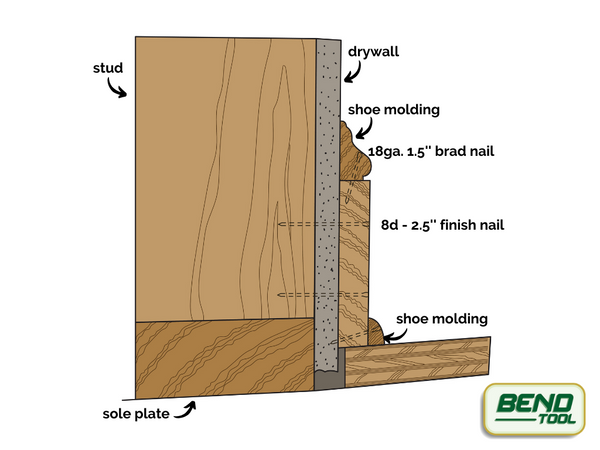
We accept two primary methods for nailing baseboards:
- With a nail gun, or
- Without a nail gun
A smash gun is preferred because information technology is an effective way to consistently get the nails in through the baseboard without damaging the baseboard while securing them to the wall.
Without a smash gun typically means using a hammer to install the baseboards. Nailing baseboards with a hammer is generally the same process; however yous will be purchasing nails designed to exist used with a hammer, and you will probably want to purchase several dissimilar sizes of blast sets to aid insert the nail into the wall.
Your processes may alter depending on setup and equipment, just by and large speaking, they are as follows:
- Mark your studs. How far apart you should nail baseboard is dependent on the location of your studs. Using a stud finder, locate the studs forth the wall on the path of the baseboard. It is easier to do this in advance. A simple method involves placing painter's tape along each stud above the baseboard. Once you locate the first couple, you'll accept an idea of the altitude between studs, and the procedure moves pretty fast.
- Prep your gear:
- If you're using a nail gun, you may need a compressor; some high-end guns practise not require a compressor. If yous're using a cordless gun, make sure your bombardment is fully charged and ready for action.
- If you're using a hammer, identify the correct size blast fix for your nails. You will desire to transfer to the nailset as soon as possible to avoid dings and dents in the shape of your hammer on your baseboard.
- Start nailing. If you are using an air gun, follow manufacturers' recommendations for PSI, nail sizes, and how to utilise. If you're using a hammer, simply line up your nails with your studs, insert the nail and offset hammering until the boom reaches its end. Use the nail ready to get the blast beneath the baseboard so it tin can exist filled and painted without a trace.
Pro-tips:
- Use two nails for baseboards v inches or less; anything over consider using three per stud.
- Don't forget to business relationship for base caps and shoe molding. You will want to be able to boom those deeply without nails intersecting.
- Depending on the elevation of your baseboard and how it's positioned, yous may be able to utilise the lesser 2x4 to secure your nail every bit opposed to the stud. This is not recommended if you are using shoe molding or quarter circular.
5. What size nails for baseboard (thickness and length)?
To keep things simple – permit's remember that the 'd' in the baseboard nail size refers to length (run into nautical chart beneath), while the gauge refers to the diameter – or how stout the nail is. Why does this matter? A long, skinny nail is most likely going to be resistant to denser or thicker forms of material, and specially problematic with any knots.
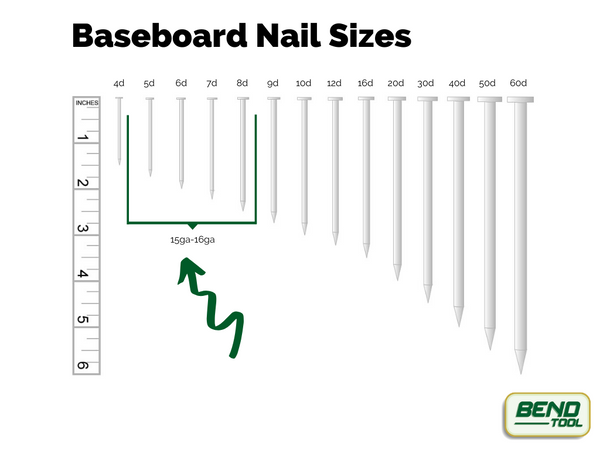
6. What guess nails to use for baseboards?
Based on blast size, yous should be looking for anything between 15 gauge and eighteen guess. With these gauges it you tin easily find nails up to 2.five'' long which is an platonic length for baseboard nails.
vii. What size nail should I apply for baseboards?
Every bit we discussed earlier with smash guns – the best baseboard nails are probably going to be 6d (2'') or 8d (two.five'' for baseboard). These tin can easily accommodate 15 gauge or 16 gauge nails, giving you a long, durable blast for thick baseboards and studs.
viii. What size brad nails for baseboards?
Brad nails are best used for basecaps and shoe molding. We recommend 15-gauge 2'' nails. However, you may need to analyze your setup for what length is best. For example, a 2'' nail may work bully for the shoe molding merely run too far into the baseboard for the basecap, causing them to intersect and protrude out of the baseboard.
9. How to fill up nail holes in baseboards?
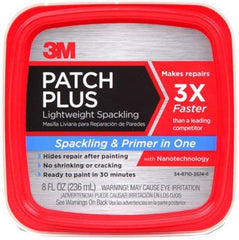
When painting your baseboards:
Whatsoever you practise – don't apply caulk. Caulk contracts, and it will never fill up upward the nail pigsty quite right. Equally a outcome, when you paint over information technology you will meet a divot or dent looking shape in the location of your nail holes.
We think the best filler for boom holes in baseboards is spackling paste. It is designed to form and stay in place and doesn't modify shape very hands. Because of its texture, it is more amendable to the holes. Meaning, it doesn't react as much when you are working it into the holes. If you are conscientious it is easy to clean up, and yous can sand it for a nice even stop. If you lot demand to reapply, you simply repeat the process of adding more and sanding. Finally, ane of the best parts is that it is usable for other situations like drywall, or other trim fillers like scarf joints, inside and outside corners, bullnose corners, etc.
With woods baseboards:
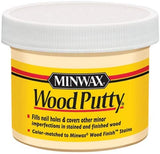
Equally always, using the smaller nail will pay dividends hither, but if you're past that – accept no fear.
If your forest will be stained, use a water-based woods filler. We dear Mohawk products - they offer a range of forest fillers and products for all your wood filling needs similar hardwood floors, chiffonier repairs, and of class, trim and baseboards. Other companies, similar Minwax as well offering color matching products to help minimize whatever eye-catching discrepancies. You may need to try a couple out to find the best friction match depending on your forest and stain.
Source: https://bendtoolco.com/blogs/how-to/9-obvious-questions-you-are-going-to-ask-nailing-baseboards
Posted by: hammondcorne1980.blogspot.com

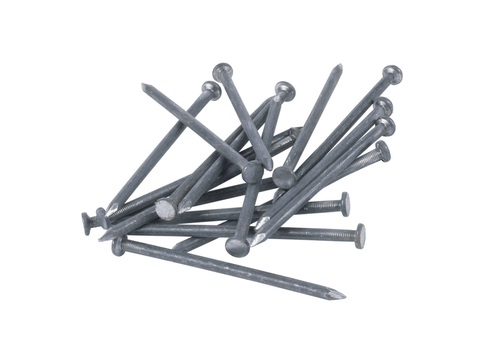

0 Response to "What Type Of Nails Are Used To Install Shoe Molding?"
Post a Comment